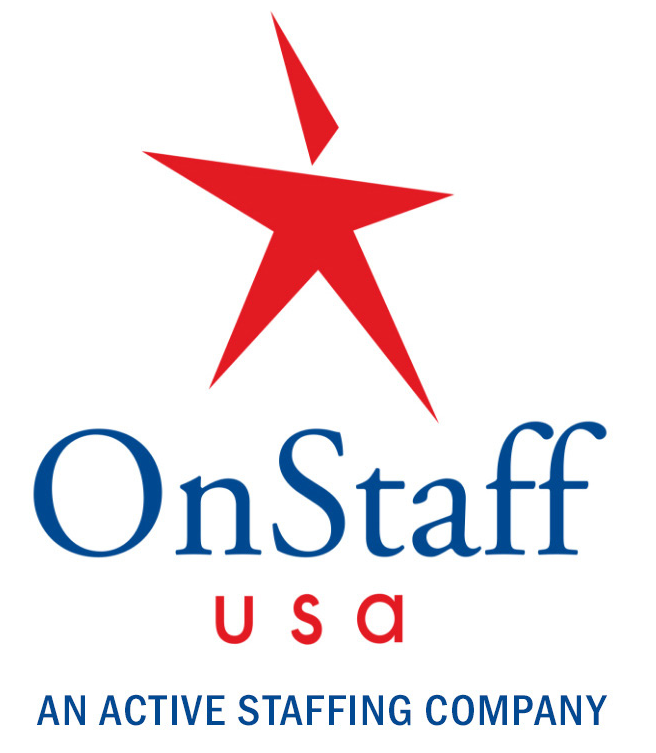Tackling the Manufacturing Industry’s Skills Dilemma
By Charles Coy

There’s a critical skills gap in the manufacturing industry today–over the next 10 years, new employees will be needed for 3.5 million manufacturing jobs, yet 2 million of those roles are expected to go unfilled, according to Deloitte’s U.S. Manufacturers Survey.
There’s an immediate need in this industry for highly skilled and highly educated workers that can develop creative ideas, solve complex problems and deliver innovative products. But these workers are proving to be scarce. Better employee training and development is needed, along with revised career progression models, new retention strategies and programs to facilitate knowledge transfer from one generation to the next.
Organizations must look outside of the traditional manufacturing skillset and adapt to evolving job requirements, or risk a decrease in productivity and an inability to meet customer demands. Below, we explore three challenges facing the manufacturing industry and how HR leaders can address them.
1) The Growing Skills Gap
There are currently many available jobs in the manufacturing industry, but factors such as the decline of vocational training in schools and the disconnect between technology advancement and academia have led to a workforce that lacks the skills needed to fill these positions.
Robin Schwartz, managing partner of MFG jobs, a company that connects employers and manufacturing job seekers, says she not only sees a lack of basic employability skills–attendance, timeliness, emotional intelligence–but also a lack of problem solving and mathematical abilities.
Schools simply aren’t teaching students the skills they need.“This gap is happening because technology is moving faster than training,” adds trends expert and keynote speaker Daniel Levine. “Manufacturing is quickly changing technologically, and the skills of workers haven’t kept up.”
By re-thinking their approach to training and providing workers with hands-on experience, exposure to current technology or apprenticeship programs, HR leaders can begin to develop the talent they need.
2) Keeping Up With Automation and New Technology
The rapid evolution of technology, along with increasingly automated tasks, creates an environment that requires an entirely different set of skills compared to 10 years ago. “Automation is probably the biggest thing changing the workplace right now,” Levine says. “There’s a lot of talk about robots taking our jobs, but the truth is blurrier. What we’re seeing, from a trends perspective, is that robots will take some jobs, but they will also create new ones–these new jobs will require new skillsets.”
While the assumption is that most young workers are computer-and tech-savvy, that’s not always the case. “There’s a surprising lack of technical and computer skills among the younger generation of workers,” Schwartz notes.
In order to counter this lack of tech skills, many employers are creating their own on-the-job training programs to build new skills. HR leaders may also need to shift their hiring strategy away from candidates with a “traditional” manufacturing background and towards those who have the necessary tech skills–more conventional skills, meanwhile, can just be learned on the job.
3) Retaining and Training Skilled Workers
Nearly 73 percent of manufacturing companies say recruitment and retention are their top business challenges, according to a recent survey. “With the aging demographics of the manufacturing sector, retaining a knowledgeable and skilled workforce will continue to be a challenge,” Schwartz says.
Having clear expectations, showing employees how they are directly contributing to the organization’s mission and providing opportunities to further develop skills can strengthen retention, but figuring out how to engage employees in learning processes is another major challenge HR leaders face.
Aside from tactics such as job shadowing or mentorship, Levine sees technology as a promising solution. “One of the most exciting things I’ve seen in this realm recently is training happening with augmented reality and artificial intelligence,” Levine says. With AI, for example, trainees can practice tasks in a virtual environment, learning at their own pace and zeroing in on personalized areas of instruction. “The manufacturing industry is changing,” Levine says. “Those who don’t recognize these trends are going to lose out.”
Technology and automation will continue to play a growing role in manufacturing. In order to develop a skilled, knowledgeable workforce that can handle these industry changes, organizations must adapt. By rethinking needed skillsets, providing better employee training and using new technologies, such as AI, to their advantage, organizations can begin to close the skills gap.
Charles Coy is to Cornerstone ReWork what air is to fire. Which is to say he is quite fundamental. Charles came to Cornerstone interested in the ways that technology can impact how organizations evaluate, motivate and value their employees. ReWork brings him a chance to ruminate and speculate on just such matters with reckless, freewheeling abandon. Charles is a study in permanence, having worked in every dark corner of Cornerstone since the early days of the company more than 16 years ago.
